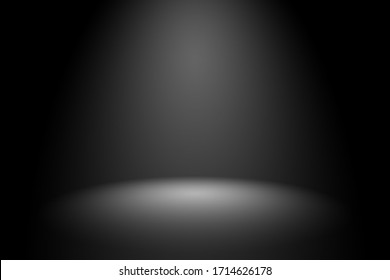

The size of the umbrella affects how the light travels! Depending on the look you’re wanting to create, the size of the umbrella will make a great impact. Step 2: Position the Umbrella Relative to Your Subjectĭifferent size umbrellas create different results. You want the light pointed into the umbrella, not pointing out of it, regardless of whether you are using a shoot-through or reflective umbrella. If you’re using a shoe mount bracket, you’re going to need to attach your light source to your mounted umbrella. Optional Step: Mount Your Light Source to the Umbrella Of course, this all sits on top of a tripod. A shoe mount bracket looks like the same mount that exists on the top of your DSLR or mirrorless camera that the flash slides into, for those that aren’t familiar with the terminology!

You slide the umbrella shaft into the hole after opening the umbrella and it’ll hold it.Īlso, if you are using a light that does not have the receptacle in it, such as a flash unit, you can buy a shoe mount bracket with a built-in umbrella receptacle. Setting up umbrella lighting isn’t rocket science – trust me, you can do it! Step 1: Mount the Umbrellaįirst things first, set up the umbrella! Many studio lights (strobes and even continuous lights that hold bulbs) have a little hole in them known as the umbrella receptacle.
#Black backdrop lighting how to
How to Set Up Umbrella Lighting: Step By Step Plus, shoot-through umbrellas also need to be placed fairly close to the subject, which is much easier to do with objects that won’t sprout legs and run away.Ī reflective umbrella is commonly used for pet photography. This is because the light simply needs to be softened and evened rather than offering a heavy illumination. As to which one you should use, that depends entirely on what subject you are capturing and what you’re looking to accomplish.įor product or still life photographers, most prefer the shoot-through umbrella. Neither is better than the other, they’re just different! Many photographers actually use different types of umbrellas simultaneously. The caveat is that when using this umbrella on its reflective side, it will not be as powerful a light bouncer as a true reflective umbrella. These types of umbrellas have a black cover that can be taken off and put back on off for a shoot-through and on for a reflective. Convertible Umbrellasīest for photographers that are constantly adapting their light on the spot (or those that are unsure what umbrella to use) convertible umbrellas are the hybrid between shoot-throughs and reflectives. The umbrella acts as a diffuser, being placed between your subject and the light source that is being aimed at your subject! These umbrellas are completely white, consisting of a fabric that lets light pass through but isn’t completely translucent. Shoot-Through UmbrellasĪs the name implies, these are umbrellas in which your light source is shot through the umbrella itself and the light that comes out is softened and spread. Photography umbrellas come in three distinct variations, each with its own purpose. You can use an umbrella anywhere – from capturing studio portraits to outdoor photographs at dusk. But having been built for just one purpose, they do that purpose well. For example, softboxes can be paired with grids to prevent light from spilling into an area you do not want. The con to umbrellas is that they’re really just a one-trick pony they don’t provide a lot of options. Opening and closing like your standard rain umbrella, this product is easy to store and carry.

Umbrellas are the least expensive option of all of the flash and strobe lighting modifiers and they are also the most portable. Umbrellas soften the light and help create a very even spread.


 0 kommentar(er)
0 kommentar(er)
